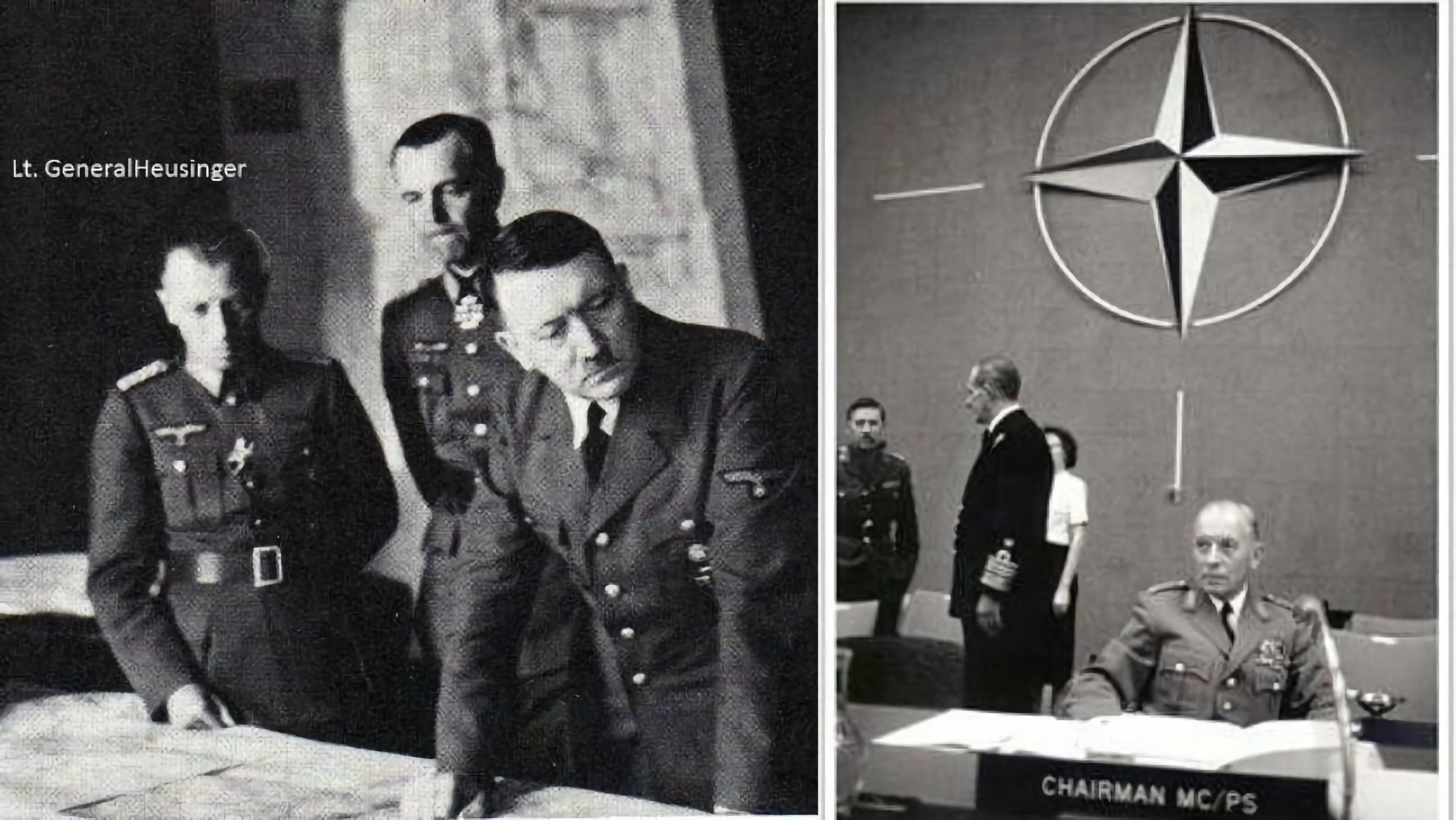


NATO heads of state and other representatives recently concluded a tense summit in Vilnius, Lithuania. Major topics included the recent admission of Finland, and of course the reaffirmation of continued support for Ukraine and President Volodymyr Zelenskyy, who was in attendance. The summit had originally been pitched as place where NATO leaders would gather to celebrate a successful Ukrainian counteroffensive. However, the long-stalled counteroffensive has fizzled, and the an increasingly desperate United States has now decided to send cluster munitions (banned by more than 110 countries) to Ukraine as U.S. stockpiles run thin. According to The Center for Strategic and International Studies, “The United States has probably given about one-third of its stock to Ukraine. Thus, the United States is approaching the point where it must reduce transfers to maintain sufficient stockpiles for its own war plans. Production of new missiles is slow, and it will take years to replenish stocks.”
Out of all the attendees, Zelenskyy appeared the most disappointed. Had the counteroffensive succeeded, NATO leaders may have been more inclined to push for Ukrainian membership; instead they presented the Ukrainian leader unclear conditions with no timeline. He tweeted, “It’s unprecedented and absurd when a timeframe is not set, neither for the invitation nor for Ukraine’s membership.” Zelenskyy seems to understand that empty remarks of support and lack of commitment from NATO will not help to gain back any of the territories liberated by Russia. Whether or not NATO does invite Ukraine into the fold, we can expect the western bloc of nations to continue trying to destroy Russia and return it to the disastrous days of the fall of the USSR, with the help of various neo-Nazi groups.
Casual observers of the Russia-Ukraine conflict may be surprised to learn of Nazis fighting on behalf of Ukraine, but NATO has long had close ties with Nazis since the organization’s formation on April 4, 1949 in the wake of World War Two. The U.S. Department of Defense envisioned NATO as a means to counter the USSR, stating, “The clear Soviet provocations created the urgency for collective defense of Western Europe.” From the outset, the primary aim of NATO was to deter what it deemed an “increasingly aggressive” Soviet Union, which had liberated Eastern European countries. However, by the mid-1950s, NATO ground forces found themselves greatly outnumbered in Europe. As a means to restore military balance, the United States, France, and Britain concluded that their best option was to rearm their former German adversary, placing it under strict NATO operational control. This led to the establishment of the Bundeswehr, the armed forces of the Federal Republic of Germany, as authorized by the Paris Accords on May 5, 1955.
The lingering question was, who would be the suitable leader for this newly-reconstituted German military? It was only logical to entrust the leadership to the very forces that had recently orchestrated a war against the USSR. NATO therefore recruited from former Nazi armed forces in the “Wehrmacht.” A total of 61 Wehrmacht generals and admirals joined, though by the autumn of 1957, only 42 ultimately became incorporated into the Bundeswehr. Among the most notable recruits from the former Nazi armed forces were senior officers Hans Speidel and Adolf Heusinger, sworn in as the Bundeswehr’s first two lieutenant generals on Oct. 10 and Nov. 12, 1955, respectively. Heusinger had played a pivotal role in the strategic planning of significant Nazi military campaigns, including the invasion of Poland in 1939, operations in Denmark, Norway, France, and the Netherlands in 1940, and the June 1941 invasion of the Soviet Union known as Operation Barbarossa. Many former military officers were subsequently brought into the fold of NATO. While the organization’s activities during the Cold War were relatively subdued, it was in the 1980s and 90s that NATO began in earnest to carry out the dreams of the Fuhrer.
“Slavs should work for us, in case we don’t need them, let them die. Vaccinations and health for them (are) superfluous. Slav fertility is not desired, education is dangerous. It is enough if they will be able to count to a hundred. Every educated person is a future enemy. It should reject all sentimental objections. We need to control these people with iron determination.” This Adolf Hitler quote might just as well have come from the lips of NATO leaders in 1999, when it conducted a three-month bombing campaign against Serbia.
Accusations that Serbian leader Slobodan Milosevic had ethnic cleansed Albanians in Kosovo provided the pretext for a humanitarian intervention. Getting the “Serbs out of Kosovo” was the goal of the NATO campaign, mirroring Nazis’ attitude during World War Two. The United States Air Force boasted in that 1999 that, “U.S. Air Force F-117 stealth fighters struck the electrical plant at Novi Sad, which cut off electricity to 70 percent of Serbia. Additionally, destruction of infrastructure targets resulted in more than 100,000 Serbians losing their jobs. Although there were flaws in target selection and verification, as well as civilian casualties during the air campaign, NATO tried to minimize the loss of life through strict rules of engagement.” But the actual utter disregard for civilian life in the drive to destroy a group of Slavs at all costs, would have made NATO’s former Nazi leaders blush with pride.

After bombing Serbia and breaking up Yugoslavia in 1999, NATO has metastasized in five successive waves of eastward expansion across Europe, to the doorstep of Russia and China. NATO used “peacekeeping” operations to wreak havoc in Afghanistan and Syria and destroy the Socialist Arab Republic of Libya. NATO has menaced Russia especially since 2008, when it announced it would welcome the memberships of Georgia and Ukraine, which Russia has identified as bright red line that would pose existential threats. Russia’s Special Military Operation in Ukraine is now admitted by all parties to be a proxy war with the US and NATO. In light of its history, it becomes clear why NATO has continued to provide billions in financial and military aid to goose-stepping Ukrainian ultranationalists who worship Stepan Bandera and openly display swastikas. As NATO succeeds in pitting Ukrainians and Russians against each other, two Slavic nations with a rich shared history, Speidel, Heusinger, and Hitler are smiling up from hell.